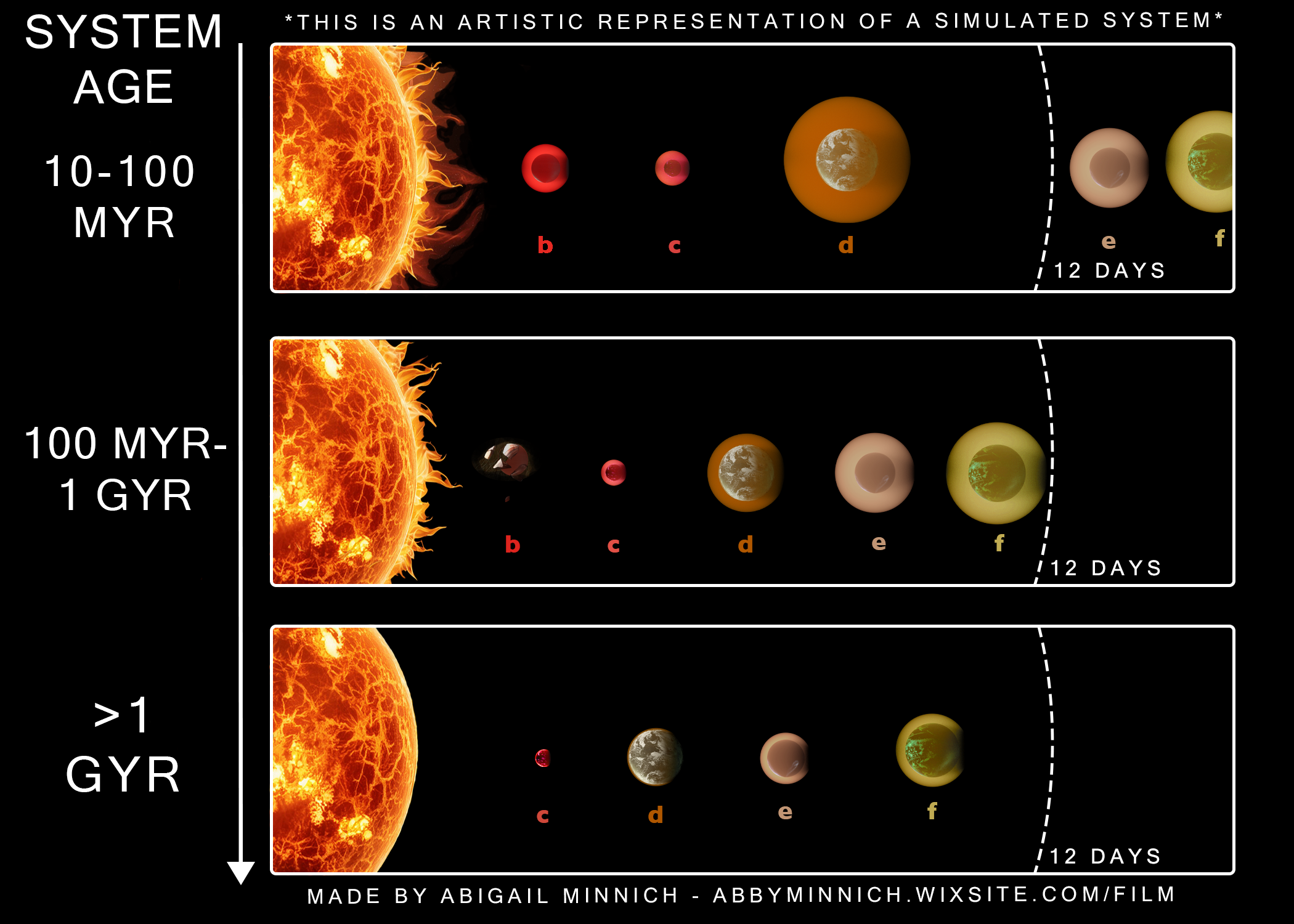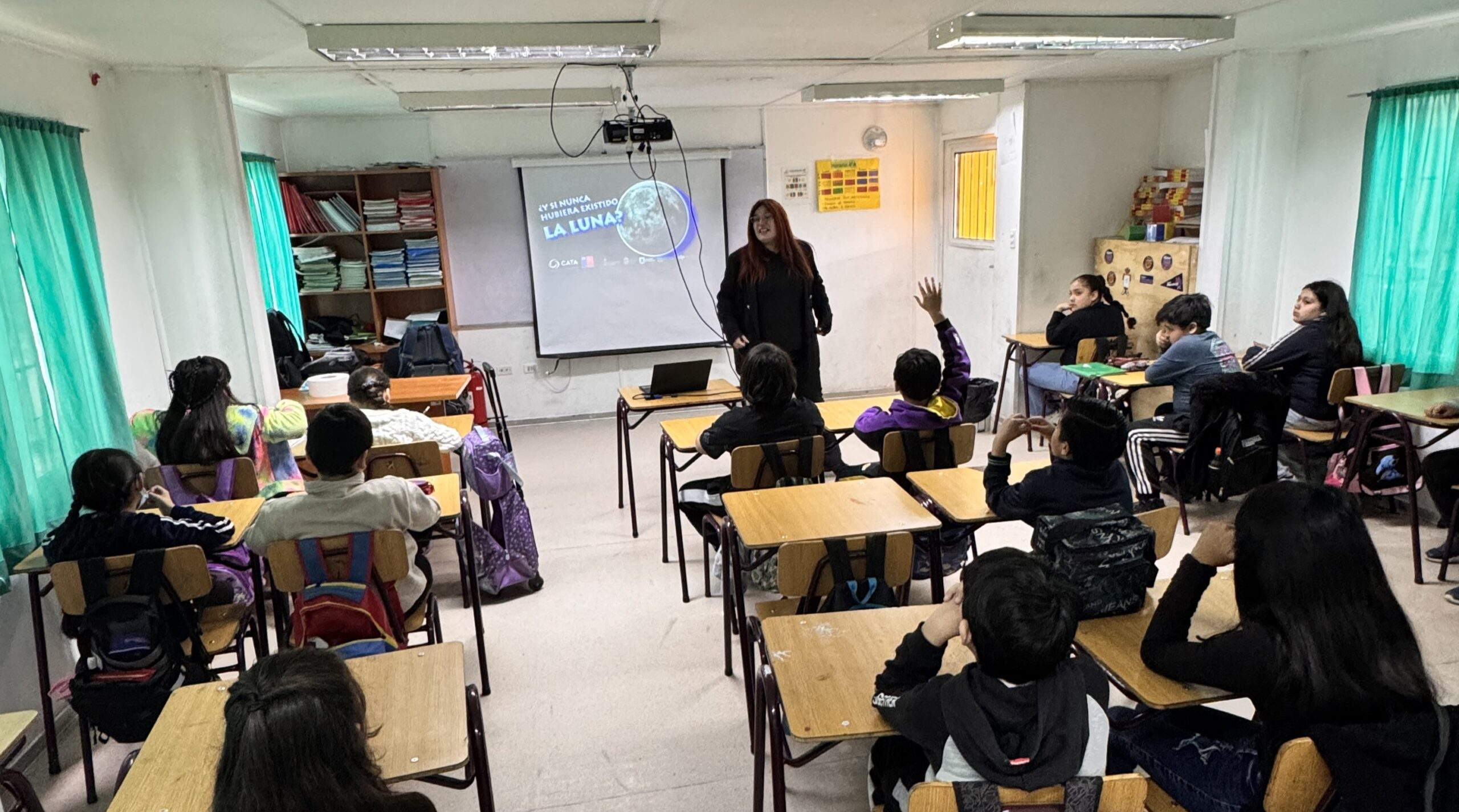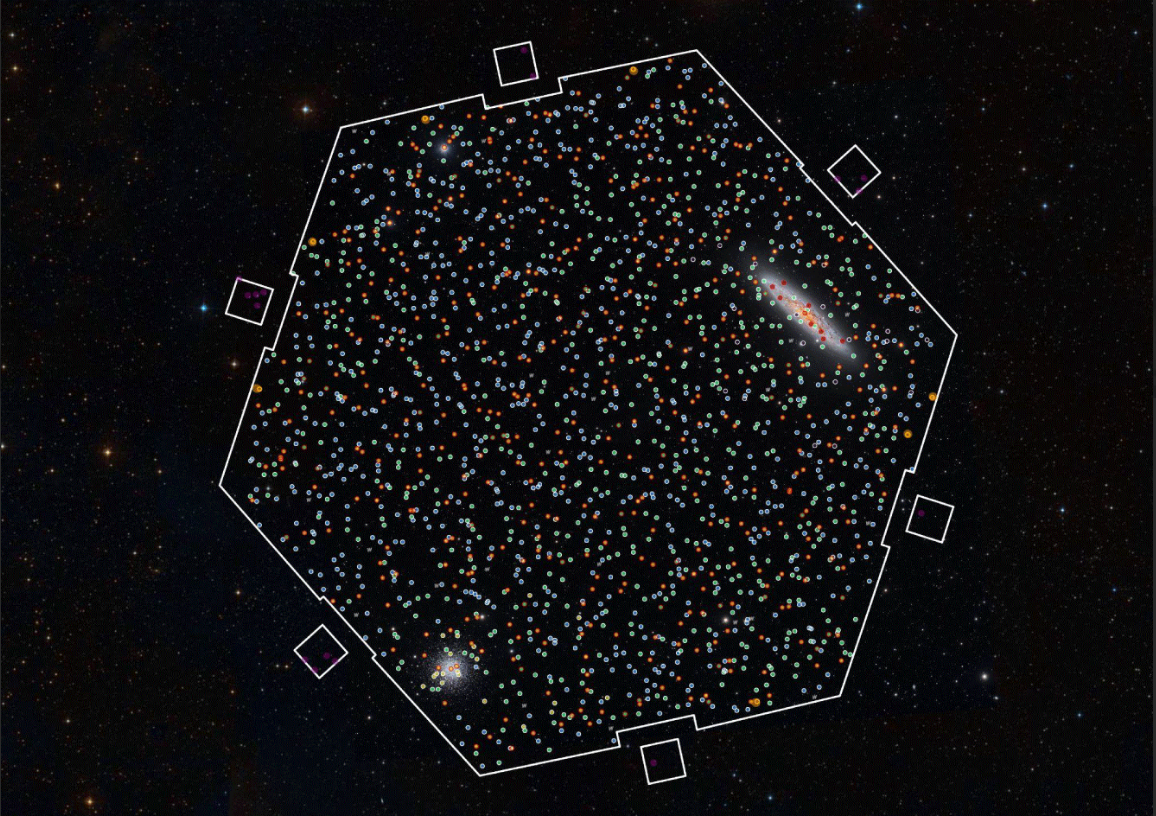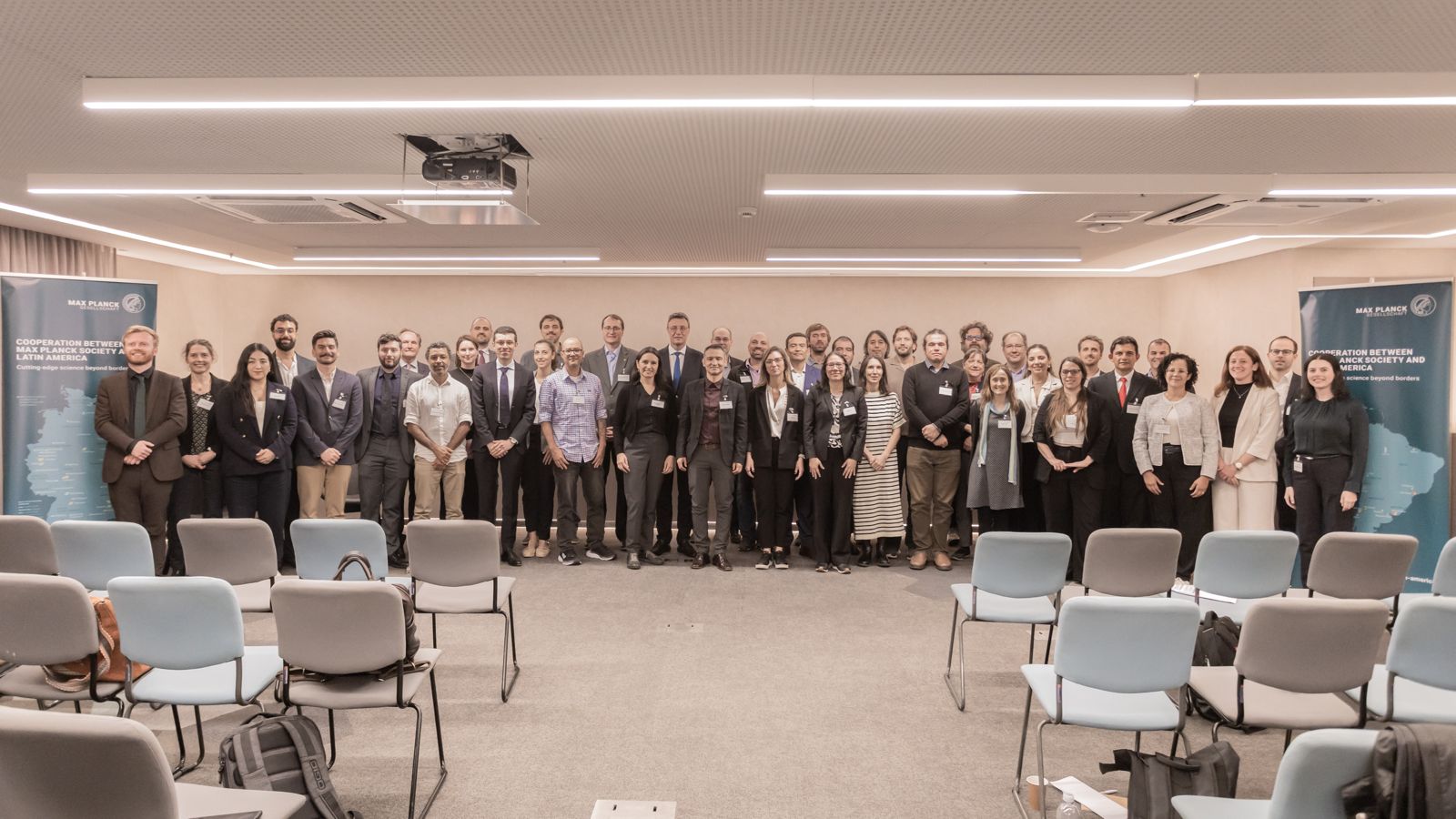
Study of young subneptunes could contribute to the understanding of planet formation
A team of international astronomers presented research on cosmic processes in the formation of subneptunes. The study, carried out with data from NASA's TESS satellite, could help to discover new planets and provide clues about the evolution of planets in our galaxy. Gijs Mulders, Research Associate at the Center for Astrophysics and Related Technologies (CATA), is part of the research team.
A team of international astronomers, composed of scientists from several institutions, presented research on the cosmic processes that influence the formation of subneptunes, one of the most common types of exoplanets outside the solar system. The study, based on data from NASA’s TESS satellite, could help discover new planets and provide clues about the evolution of planets in our galaxy.
The researchers, led by Dr. Rachel Fernandes of the Penn State University in the United States, analyzed young planets orbiting close to their stars, with the goal of understanding how these planets may have reached the interior of their systems and how their atmospheres are lost during their early stages of life. Their findings offer new clues about the properties of these bodies and their evolution over time.
To facilitate the analysis, the team developed a computational tool called Pterodactyls, designed to detect exoplanets smaller than Neptune around young stars. This innovation overcomes the difficulties encountered when studying systems in formation and improves the identification of new planets.
In Chile, Gijs Mulders, astronomer and research associate at the Center for Astrophysics and Related Technologies (CATA) and academic at the Pontificia Universidad Católica, is part of the team and has contributed to the development of Pterodactyls.
But what are subneptunes and why are they key to astronomy? Subneptunes are exoplanets larger than Earth, but smaller than Neptune. They are the most frequent planets in the galaxy and are considered an intermediate point between terrestrial planets (with little atmosphere) and gas giants (with dense hydrogen atmospheres). According to Mulders, “studying these objects in their youth helps us understand why some planets end up looking more like Earth and others more like Neptune”.
Studying young subneptunes is no easy task. Stars in their early stages are highly active, which generates variability and intense radiation emissions that complicate the detection of planets.
Astronomers often use the transit method, which identifies planets by observing the dimming of light as they pass in front of their stars. However, the intense activity of young stars makes this process difficult. To overcome this obstacle, the researchers developed Pterodactyls, an open-source software-based tool that improves the detection of exoplanets in TESS data.
“Pterodactyls, ”is named after the pterodactyl dinosaur, which was born thanks to the astronomical community, which has developed advanced algorithms for the analysis of exoplanet data,” Mulders explains.
Another key factor is the size of the planets in their youth. Larger exoplanets are easier to detect with the transit method, as they block more light from their stars. Over time, many of them contract, so studying them at this early stage is crucial to understanding their evolution.
Each new exoplanet discovery generates new questions about the formation and evolution of the solar system. “We are always revisiting our hypotheses about how the solar system formed, because exoplanets show great diversity. Many stars have planet types that don’t exist in our system, such as subneptunes, suggesting that planetary formation may have very different outcomes,” Mulders says.
“Understanding what types of planets form helps us answer a fundamental question: are planets like Earth exceptional or are there many more in the universe?” the astronomer concludes.
Recent news
-
 Publicado el: 15/11/2025Leonids meteor shower 2025: What are they, when will they be visible from Chile, and what can we learn from them?
Publicado el: 15/11/2025Leonids meteor shower 2025: What are they, when will they be visible from Chile, and what can we learn from them? -
 Publicado el: 13/11/2025CATA researcher strengthens international ties during visit to the Center for Astrobiology in Madrid
Publicado el: 13/11/2025CATA researcher strengthens international ties during visit to the Center for Astrobiology in Madrid -
 Publicado el: 12/11/2025Fourth graders learned what would happen if the Moon did not exist
Publicado el: 12/11/2025Fourth graders learned what would happen if the Moon did not exist -
 Publicado el: 29/10/2025Chile celebrates the first light of 4MOST: two major projects involving CATA astronomers begin to explore the Universe
Publicado el: 29/10/2025Chile celebrates the first light of 4MOST: two major projects involving CATA astronomers begin to explore the Universe -
 Publicado el: 24/10/2025CATA researcher participated in Max Planck regional meeting in Brazil
Publicado el: 24/10/2025CATA researcher participated in Max Planck regional meeting in Brazil
Categories list
- Acknowledgments 21
- Astrobiology 6
- AstroCluster 1
- Black holes 18
- Corporativo 57
- Cosmology 5
- Descubrimientos 22
- Disclosure 71
- Exoplanets 13
- Extension 4
- Galaxies 21
- Galaxies formation 5
- Inter y Transdisciplina 4
- Local Universe 16
- Publications 6
- Sin categorizar 34
- Solar System 21
- Stellar formation 8
- Technology 14
- Technology Transfer 16
